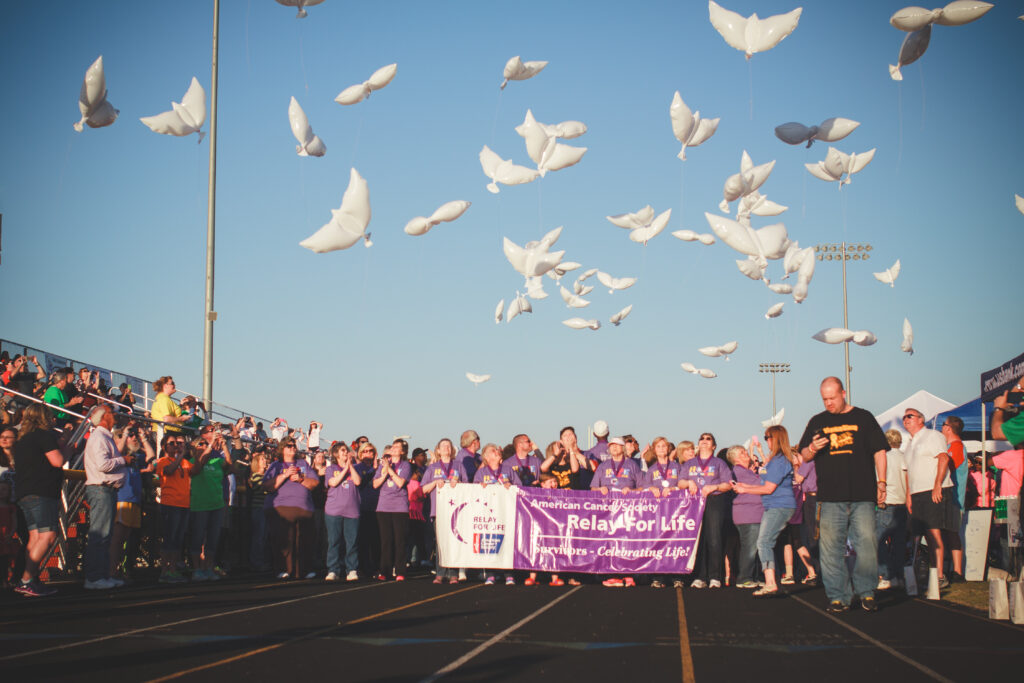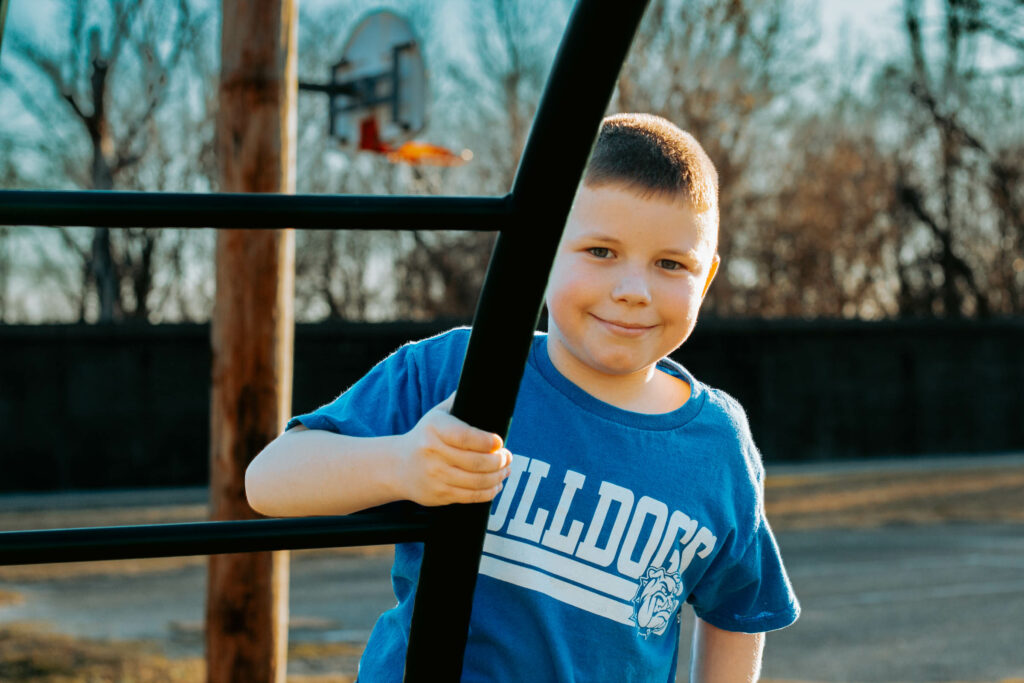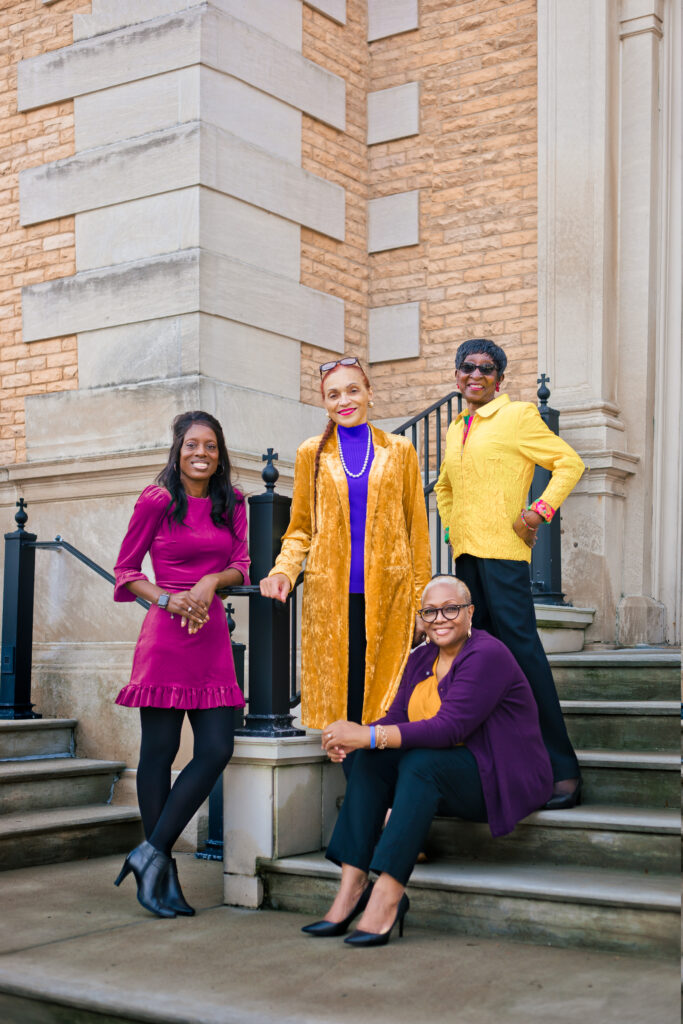The natural rhythm of human life begins twenty-one days after conception. From a pounding chest to a slow, steady beat, this natural rhythm reminds us we are alive.
Living in a culture that tends to discount life after its prime, the rhythm can become heavy. For many, failing memories drown out the rhythm altogether. Families are left to watch the aftermath of forgotten memories, minimal ability to communicate, and loss of basic self-care skills. The demands of life leave few choices for care and many families find it best to trust the care of their loved one to a skilled nursing facility.
One facility is determined to revive the rhythm of its residents with a program available through MUSIC & MEMORY℠, a non-profit organization that vastly improves the quality of life for the elderly or infirm using personalized music and an iPod. For some residents at Spring Creek Health Care, it sounds like Elvis or Buddy Holly. For others, it is the soothing sound of classical instruments. The variety of music is as diverse as the residents within the facility.
Staff and volunteers interview residents and their families to learn what genre of music, artists, and songs best fit the resident. Then a trained staff member or volunteer programs an iPod with songs, specifically matching the resident’s request or needs.
The results of the program are undeniable. Individuals who were once non-verbal and bed-ridden have found purpose and meaning and once again feel alive inside. JoAnna Thomas, Spring Creek Activities Director, explains, “One resident came into the facility bed-ridden, unable to communicate, and didn’t eat. We started MUSIC & MEMORY℠ immediately. Now she is able eat, she talks some, and actually comes down to play bingo.”
After returning from a hospital stay, one resident was not able to communicate verbally and rarely made eye contact, usually wandering around the facility. The staff began utilizing her personalized iPod with her and the music brought something out of her that nobody seen since she returned to the facility from the hospital.
It is no coincidence these changes take place after listening to music. The parts of the brain activated while listening to music are closely associated with the parts that hold memories of the past and emotion. Those individuals who have lost themselves due to dementia or other memory loss are able to gain a sense of who they are by simply listening to the music and songs that were important to them in the past. For a moment, and maybe a little longer, these individuals become alive in a way they once were in the past. Singing, dancing, moving to the music. Smiling with a twinkle in their eyes.
According to JoAnna, “We use it a lot to help someone adjust to a nursing home setting. New faces, new routine, being put into a room with someone, the iPod helps with the transition.”
In some cases, individuals who are agitated and upset are calmed. Reliance on anti-anxiety, anti-depressant, and anti-psychotic medications is reduced in some residents. Residents with personalized music wander less often, especially during meal time and restless times. Individuals who are combative become more cooperative, attentive, and willing to accept care. The music can provide a distraction from the fear and anxiety that tends to present itself in residents with dementia.
Beth Morris’ mother, Freda Humphreys was hesitant to participate in the music program initially, but now enjoys its benefits. Beth shares, “At first she didn’t want it, thinking she wouldn’t use it, but now she listens daily. My mom has a lot of anxiety problems. When she has the music, she is calm and happy.”
Beth’s testimony doesn’t end with her mother though. Evidence of the program is easy to recognize when visiting Spring Creek. She explains, “You come in the building and the residents have their head phones on and some are singing. They really enjoy it.”
Sherman Lawson’s wife, Marion, is a resident at Spring Creek who participates in the music program. Connecting to music was not a stretch for Marion. In the 50’s and 60’s, she worked in a variety store selling records. She would give a demonstration of the records to customers. Sherman and Marion’s experience with the program is powerful. “In a year’s time she has become more alert. She used to just sleep, but now she is more active. They even have to look for her sometimes. There were times she was afraid of me because she didn’t know who I was and now she’s not. She is always smiling and moving her hands and lips when she’s listening to the music.”
Keith Travis, Vice President of Development at Murray-Calloway County Hospital encourages, “If you would like to make a difference in the life of someone who would really be impacted by it, you can do so by donating just $50.”
Fifty dollars will not simply purchase an iPod for personalized music. It has the potential to trigger memories, increase the quality of life, and create joy in someone.
For more information about the MUSIC & MEMORY℠ at Spring Creek Health Care, contact Keith Travis at ktravis@murrayhospital.org or JoAnna Thomas at jathomas@murrayhospital.org For more information about the impact of music on the brain, visit the website www.musicandmemory.org or watch Alive Inside, a powerful, must-see documentary about the MUSIC & MEMORY℠ journey.






